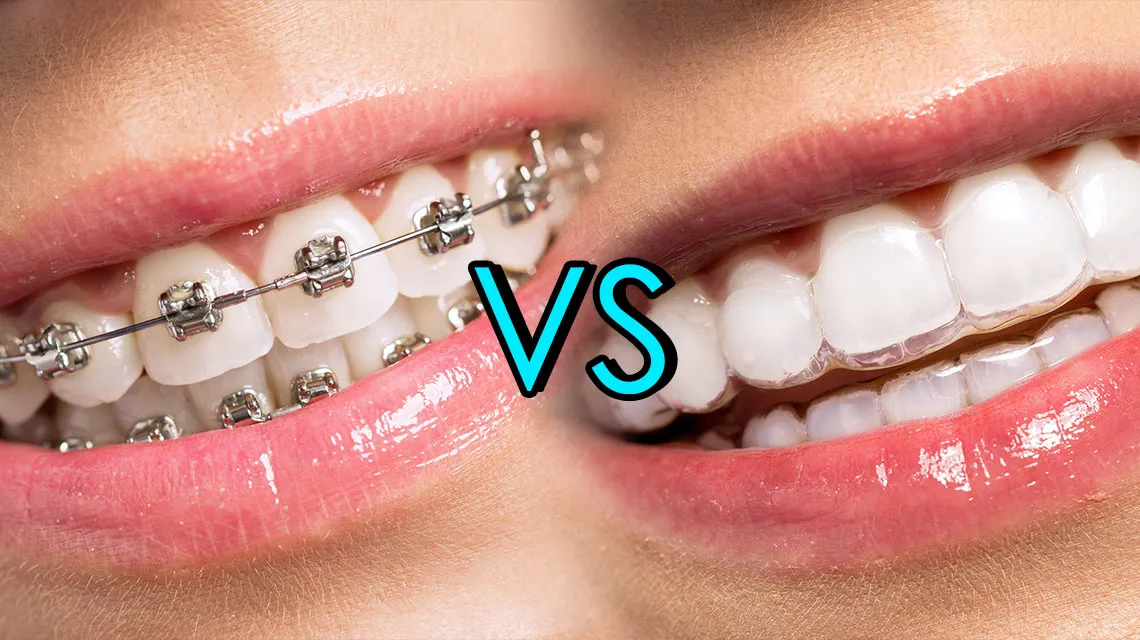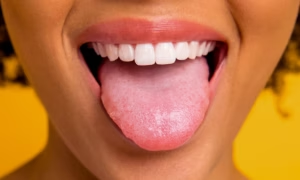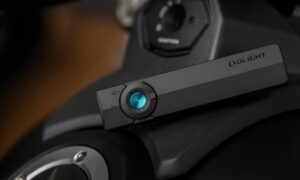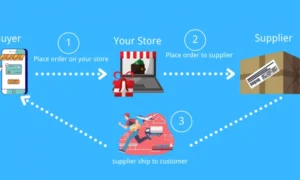Choosing the right orthodontic treatment for your teenager can feel overwhelming. While metal braces have been the go-to solution for decades, Invisalign has emerged as a popular alternative that promises straighter teeth without the traditional “metal mouth” look. But is Invisalign truly suitable for teens, or are traditional braces still the better choice?
This comprehensive guide will explore everything you need to know about Invisalign for teenagers. We’ll examine how the treatment works, compare it to traditional braces, and help you determine whether your teen is a good candidate for clear aligners. By the end of this post, you’ll have the information needed to make an informed decision about your teenager’s orthodontic care.
What Is Invisalign and How Does It Work?
Invisalign uses a series of custom-made, clear plastic aligners to gradually move teeth into their desired positions. Each set of aligners is worn for approximately two weeks before moving to the next set in the series. The aligners are nearly invisible when worn, making them an attractive option for image-conscious teenagers.
The treatment process begins with a digital scan or impression of your teen’s teeth. Orthodontists use advanced 3D imaging technology to create a treatment plan that shows exactly how the teeth will move throughout the process. This technology also allows patients to see a preview of their final results before treatment begins.
For teens, Invisalign offers several appealing features. The aligners are removable, allowing for normal eating, drinking, brushing, and flossing. They’re also more comfortable than traditional braces since there are no metal brackets or wires that can irritate the mouth.
Invisalign Teen vs. Traditional Invisalign
Recognizing that teenagers have unique needs, Invisalign developed “Invisalign Teen,” which includes several features specifically designed for adolescents:
Compliance Indicators: Small blue dots on the aligners fade to clear as the aligners are worn, helping parents and orthodontists monitor whether the teen is wearing them for the recommended 20-22 hours per day.
Eruption Tabs: These accommodate teeth that haven’t fully emerged, which is common in teenagers whose mouths are still developing.
Replacement Aligners: The treatment includes up to six free replacement aligners, accounting for the reality that teens are more likely to lose or damage their aligners.
These modifications make Invisalign Teen more practical for younger patients who may need additional guidance and flexibility during treatment.
Benefits of Invisalign for Teenagers
Aesthetic Appeal
The most obvious advantage of Invisalign is its near-invisible appearance. For teenagers who are already self-conscious about their appearance, clear aligners offer a way to straighten teeth without the social stigma sometimes associated with metal braces. This can be particularly important during high school years when teens are forming their identity and may be more sensitive about their appearance.
Improved Oral Hygiene
Traditional braces can make brushing and flossing challenging, leading to plaque buildup, tooth decay, and gum disease. With Invisalign, teens can remove their aligners to brush and floss normally, maintaining better oral health throughout treatment.
Dietary Freedom
Metal braces come with a long list of forbidden foods—sticky candies, hard nuts, popcorn, and more. Invisalign users can eat whatever they want by simply removing their aligners during meals. This freedom can be especially appealing to teenagers who don’t want to give up their favorite snacks.
Comfort and Convenience
Invisalign aligners are made from smooth plastic that won’t irritate the cheeks and gums like metal brackets and wires can. There’s also no risk of broken brackets or poking wires that require emergency orthodontic visits.
Predictable Results
The 3D treatment planning allows both patients and parents to see the expected results before treatment begins. This preview can help teens stay motivated throughout the process by visualizing their future smile.
Potential Drawbacks and Limitations
Compliance Requirements
Invisalign’s biggest challenge with teenagers is compliance. The aligners must be worn 20-22 hours per day to be effective. Teens who frequently forget to wear their aligners or who remove them too often may see slower progress or less optimal results.
Treatment Limitations
While Invisalign can treat many orthodontic issues, it may not be suitable for complex cases involving severe crowding, large gaps, or significant bite problems. Traditional braces might be more effective for these situations.
Cost Considerations
Invisalign often costs more than traditional braces, and insurance coverage may vary. Some families may find the additional expense challenging to justify, especially if traditional braces would achieve similar results.
Risk of Loss or Damage
Since the aligners are removable, they can be lost, damaged, or thrown away accidentally. While Invisalign Teen includes replacement aligners, repeatedly losing them can extend treatment time and increase costs.
Invisalign vs. Traditional Braces: A Direct Comparison
Treatment Effectiveness
Both Invisalign and traditional braces can effectively treat most common orthodontic problems. However, traditional braces may be better for complex cases involving severe rotations, large gaps, or significant bite corrections. Your orthodontist can determine which treatment is most appropriate for your teen’s specific needs.
Treatment Duration
Treatment times are generally comparable between Invisalign and traditional braces, typically ranging from 12 to 24 months. However, compliance issues with Invisalign can extend treatment time, while traditional braces work continuously regardless of patient cooperation.
Maintenance and Care
Traditional braces require careful cleaning around brackets and wires, along with dietary restrictions. Invisalign requires diligent cleaning of the aligners themselves and remembering to wear them consistently. Both treatments require regular orthodontic check-ups.
Emergency Visits
Broken brackets, loose wires, and other emergencies are common with traditional braces. Invisalign typically requires fewer emergency visits, though lost or damaged aligners may necessitate unscheduled appointments.
Is Your Teen a Good Candidate for Invisalign?
Several factors determine whether Invisalign is appropriate for your teenager:
Orthodontic Issues: Invisalign works best for mild to moderate crowding, spacing issues, and certain bite problems. Severe cases may require traditional braces.
Maturity Level: Success with Invisalign requires responsibility and self-discipline. Teens who are forgetful, frequently lose things, or struggle with following instructions may not be ideal candidates.
Lifestyle Factors: Athletes who play contact sports may benefit from removable aligners that won’t cause mouth injuries. However, teens involved in activities where they might frequently remove aligners (like playing wind instruments) might struggle with compliance.
Oral Hygiene: Teens who already maintain good oral hygiene are more likely to succeed with Invisalign, as the treatment requires keeping both teeth and aligners clean.
Making the Right Decision for Your Teen
Choosing between Invisalign and traditional braces involves weighing multiple factors specific to your teenager’s needs, personality, and orthodontic requirements. Here are key considerations:
Schedule a Consultation: An orthodontic evaluation is essential to determine which treatment options are viable for your teen’s specific case.
Consider Your Teen’s Input: Since teenagers will be wearing the treatment daily, their preferences and comfort level should factor into the decision.
Evaluate Compliance Potential: Honestly assess your teen’s ability to wear aligners consistently and care for them properly.
Review Financial Implications: Compare costs, insurance coverage, and payment plans for both treatment options.
Think Long-term: Consider which treatment is most likely to achieve the desired results efficiently and effectively.
Your Next Steps Toward a Confident Smile
Invisalign can be an excellent choice for many teenagers, offering aesthetic appeal, comfort, and convenience while effectively straightening teeth. However, it’s not the right solution for everyone. The key is working with a qualified orthodontist who can evaluate your teen’s specific needs and help you make an informed decision.
Remember that both Invisalign and traditional braces can produce beautiful, healthy smiles when used appropriately. The best treatment is the one that your teen will comply with and that effectively addresses their orthodontic needs.
Ready to explore your options? Schedule a consultation with an experienced orthodontist who offers both Invisalign and traditional braces. They can assess your teen’s case, discuss the pros and cons of each treatment, and help you choose the path toward the confident smile your teenager deserves.


































